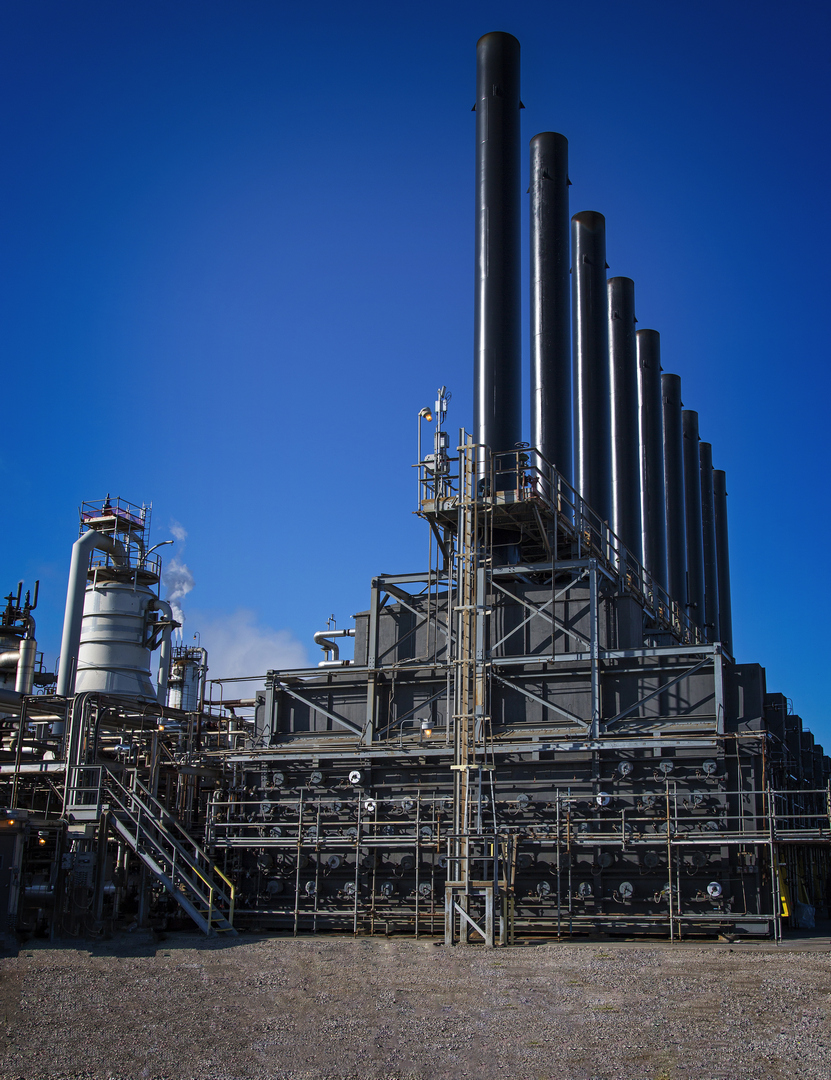You've all probably been in a similar situation - you became aware of an underperforming PID loop, took immediate action, tuned the loop and at the end of the day the PID loop was still performing well. The next day the operator complains; the loop had been oscillating all night and is now in manual mode. The first thing you need to do is check the PID parameters and tune the loop again, the operator isn't happy, and neither are you. You could prevent this if you calculated the robustness of the controller. Learn in this blog how to consider robustness by looking at your PID parameters in your PID tuning.
Topics: PID tuning parameters
At most plants, the biggest challenge in tuning PID controllers is to reject process disturbances. However, in many PID controller’s information regarding process disturbances is missing in the PID algorithms which drastically affects PID performance. Do you need to understand how to add that information in PID controllers? Check out this blog, about the benefits in feedforward in PID controllers.
Topics: PID tuning, PID tuning parameters, PID tuning methods
PID tuning example: Controller with a nonlinear response on the valve
When we work with PID controllers, we always assume that the control valve flow characteristic is linear. PID controllers cannot handle nonlinear responses properly. However, most of the time valves are nonlinear and we have to deal with them when tuning a loop. Process units that change their operating window regularly, have the tendency to affect the performance of the PID controllers. This probably has happened to you before and i know it's really frustrating! But I'll show you a PID tuning example where it's possible to tune a PID controller and have a good performance on a large operating window of a process unit. And that is what I will explain in this blog.
Topics: PID tuning, PID tuning parameters, PID tuning methods
Topics: PID tuning, PID tuning parameters, PID tuning methods
PID control: Furnace and Boiler excess air control
From furnace or boiler efficiency point of view, excess air control is very important to be set up correctly. When there is too much air in the combustion process, additional fuel is being burned to raise the temperature of this excess air to the combustion temperature. Excess air absorbs the heat that goes up the stack, rather than in the process. To control the excess air to its minimum level, it's required to control it tightly in a “safe way”. If there is not enough air being introduced into the combustion process, all fuel will not be burned and, consequently, it will be lost up the stack in the form of combustibles. Not only does this result in an obvious waste of valuable energy, safety and pollution hazards are created.
Discover in this blog how to reduce specific energy consumption of furnace or boilers by implementing the correct control strategies.
Topics: PID tuning, PID tuning parameters, PID tuning methods
5 common PID tuning mistakes you can easily avoid
When the grass root plant starts production, 70% to 80% of the PID loops are in default mode. There is nothing wrong with default settings. However, when time passes and alarms occur, the production manager will complain about spending too much time on controlling the plant. You need to check all the PID loops to make sure the plant will run smoothly. In this blog, you will read 5 of the most common mistakes made by DCS engineers in PID tuning. And more importantly, how you can avoid those mistakes.
Topics: PID tuning, PID tuning parameters, PID tuning methods
In most of the chemical and metallurgical industries a furnace or heater is the most common and important thermal equipment used. Some control schemes have been recognized for automatic control of furnace outlet temperature, cascade control of temperature with fuel, control of fuel to air mixture ratio, and excess oxygen control content in flue gas. The design of a control scheme is very important, and it may vary as per the process and plant requirement. The final control performs well only if the underlying PID loops are designed and tuned correctly. Without robust and safe PID tuning parameters, tight and safe control of the furnace outlet temperature is not possible. Picking the correct temperature control scheme design and tuning the PID loops in it properly are equally important. In this blog you'll learn about PID tuning of a furnace.
Topics: PID tuning, PID tuning parameters, PID tuning methods

.jpg)





